R&R: Raves & Rants With Amanda Cabot
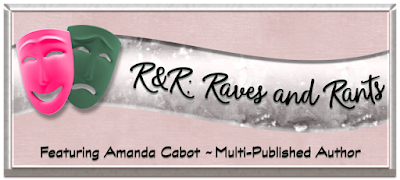 Me, Myself, and II know that I promised you another lesson on commas this month, but when I saw what felt like an egregious error in a writer’s magazine, I decided it was time to rant again. I won’t identify the magazine, nor will I give you a direct quote, because I don’t want to embarrass anyone, but the essence of the sentence that made me want to crumple the page and toss it into the wastebasket was, “Members of the audience asked myself many questions.”
Me, Myself, and II know that I promised you another lesson on commas this month, but when I saw what felt like an egregious error in a writer’s magazine, I decided it was time to rant again. I won’t identify the magazine, nor will I give you a direct quote, because I don’t want to embarrass anyone, but the essence of the sentence that made me want to crumple the page and toss it into the wastebasket was, “Members of the audience asked myself many questions.”Did that bother you? If you’re a grammar purist, it should have.
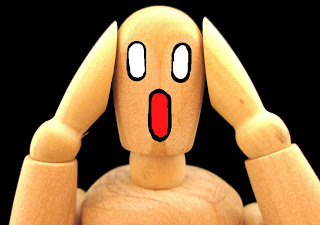
Why? Myself is a reflexive pronoun. So, too, are yourself, himself, herself, itself, ourselves, yourselves, and themselves.
Are you rolling your eyes at the term “reflexive pronoun”? Yes, I know this is grammar-speak, but a brief definition may help you understand the reason for my rant. According to my dictionary, “reflexive” means “directed or turned back on itself.” The same dictionary defines “reflexive pronoun” as “a pronoun referring to the subject of the sentence, clause, or verbal phrase in which it stands.” The key element in this definition is “referring to the subject.”
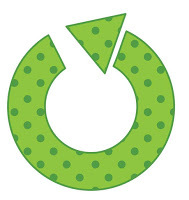 Reflexive pronouns can be used in a sentence as either direct or indirect objects, to indicate aloneness, or for emphasis. Let’s look at an example of each.
Reflexive pronouns can be used in a sentence as either direct or indirect objects, to indicate aloneness, or for emphasis. Let’s look at an example of each.· When I finished the chapter, I decided to reward myself with a chocolate milkshake. In this case, “myself” is a direct object. Although it would, in theory, be grammatically correct to say “to reward me,” the reflexive pronoun is infinitely preferable.
· When I finished the chapter, I made myself a chocolate milkshake.Here, “myself” is the indirect object. I (subject) made the milkshake (direct object) for myself (indirect object.)
· When I finished the chapter, I made a chocolate milkshake by myself.Do you see the difference between this example and the previous ones? I haven’t told you whether the milkshake is for me or someone else. Instead, by saying “by myself,” I’ve made the point that I did this alone rather than having help.
· I made the milkshake myself.While this is similar to the previous example, there’s a subtle difference. In this case, I’ve used “myself” for emphasis. If I’m accustomed to either buying milkshakes or asking someone else to make one, the addition of “myself” tells you this is a big deal.
What do these examples have in common? In each case, “myself” refers back to the subject, which is “I.” These are all correct uses of a reflexive pronoun.
Now, let’s examine the sentence that started this whole discussion, “Members of the audience asked myself many questions.” · What is the subject of this sentence? If you answered “members of the audience,” you get a gold star. · What role does “myself” play? The correct answer is “object.” · So, what’s wrong with the sentence? Very simply, “myself” is the reflexive form of “I”, but since the subject of the sentence is not “I,” it’s misused here. Perhaps the author thought she was using “myself” for emphasis or to make herself seem important. In my opinion, she sounded a bit pompous by substituting the incorrect “myself” for the simple and correct “me.” The only way to make this sentence correct and still use a reflexive pronoun would be to say, “Members of the audience asked themselves many questions.” That, of course, changes the meaning of the sentence.
Let’s look at another erroneous use of a reflexive pronoun. · Susan and myself will answer questions after the lecture.Do you see the problem? “Myself” is being used as part of a compound subject. If you return to the original definition, a reflexive pronoun refers to the subject; it is not the subject. This sentence should have been “Susan and I will answer questions after the lecture.”
Me, myself, and I. The rules are simple. · “I” is the subject of a sentence.· “Me” is the object, either direct or indirect.· “Myself” is a reflexive pronoun and can only be used when the subject of the sentence is “I.”
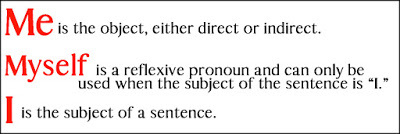
Clear? I hope so.~Amanda
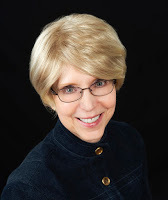 A lifetime of reading and writing, not to mention a host of teachers who believed that good grammar was one of the essentials of life, have given Amanda Cabot such firm opinions about the printed word that I asked her to share some with us in her Raves and Rants posts.
A lifetime of reading and writing, not to mention a host of teachers who believed that good grammar was one of the essentials of life, have given Amanda Cabot such firm opinions about the printed word that I asked her to share some with us in her Raves and Rants posts.  Although her working career was in Information Technology, Amanda achieved her dream of selling her first novel before her thirtieth birthday and is now the author of more than thirty novels as well as a number of books and articles for Information Technology professionals.
Although her working career was in Information Technology, Amanda achieved her dream of selling her first novel before her thirtieth birthday and is now the author of more than thirty novels as well as a number of books and articles for Information Technology professionals. Her most recent book, A Tender Hope, is the final book of the Cimarron Creek trilogy.
Find all of Amanda's books, newsletter info and social media links here.

Tweet
Published on October 13, 2019 23:30
No comments have been added yet.



